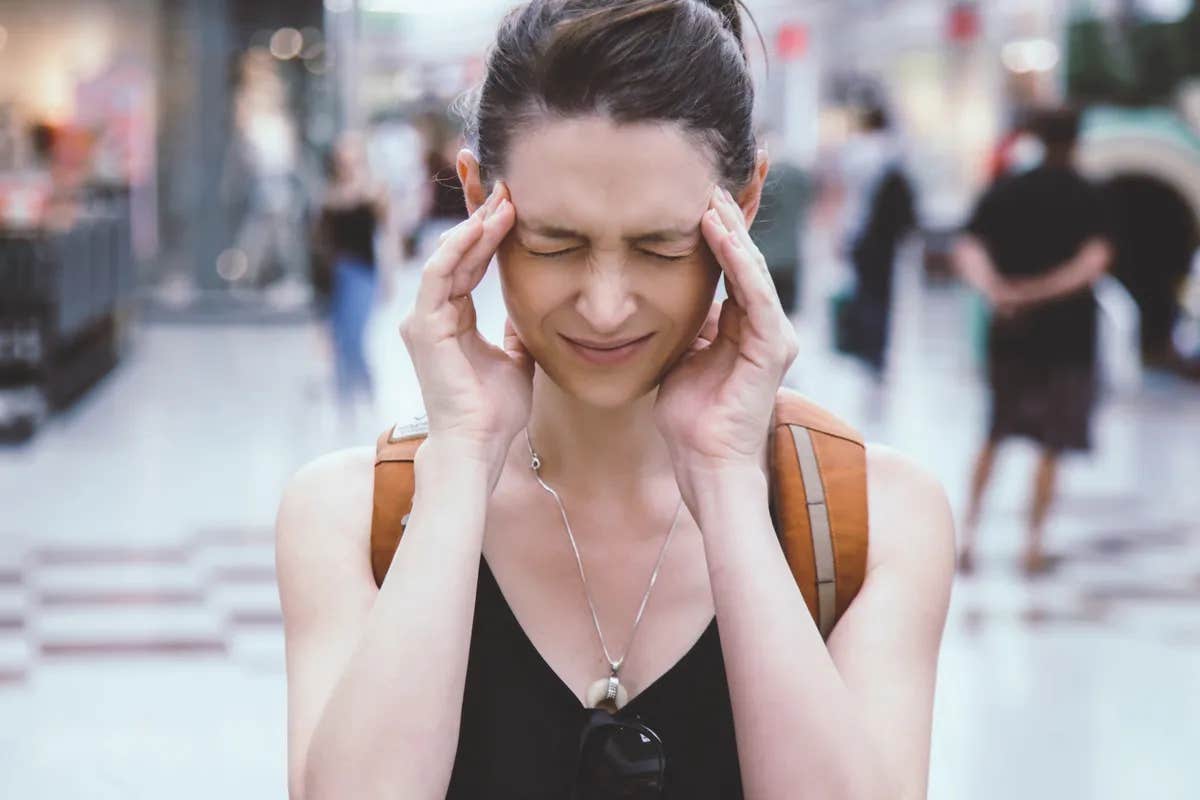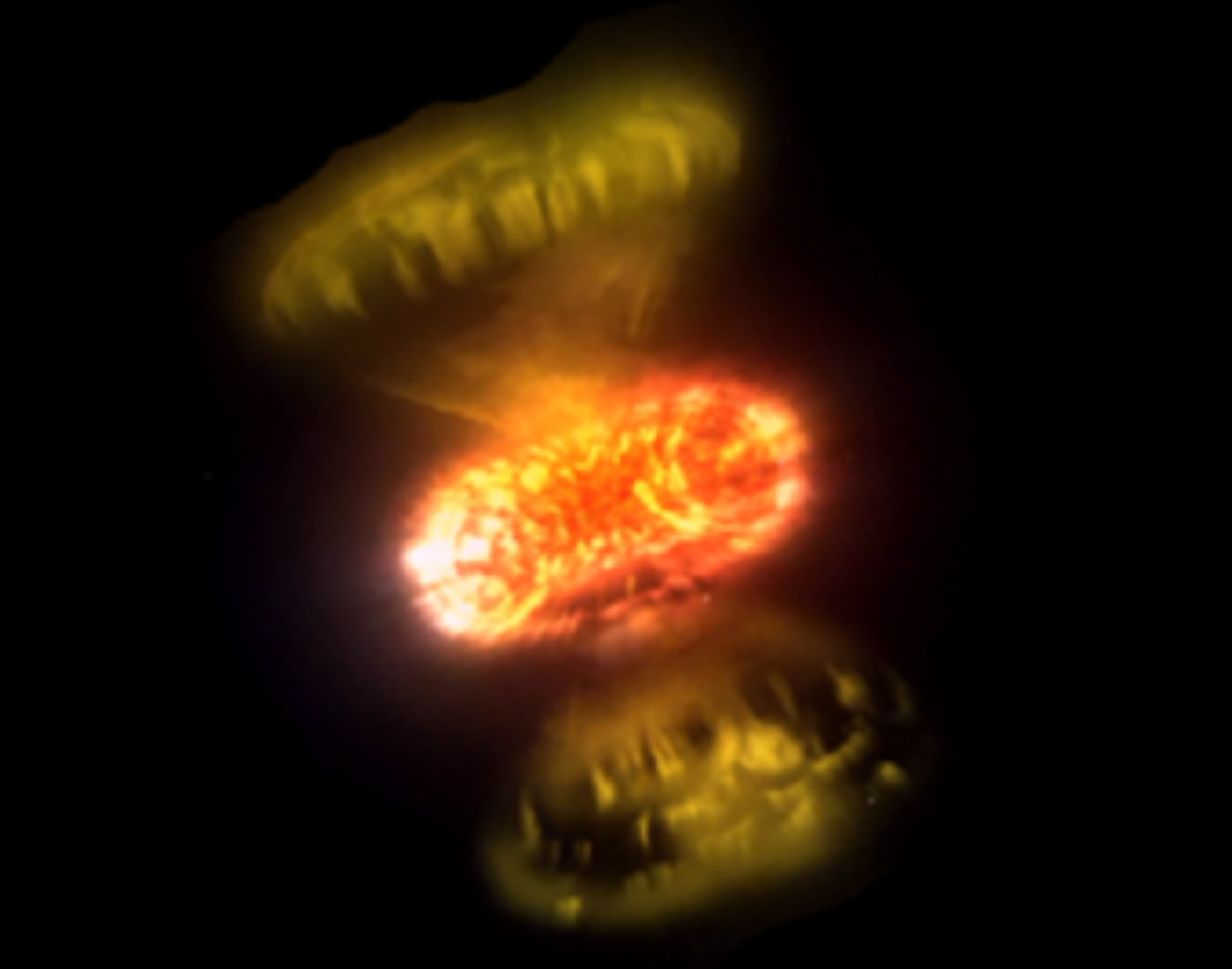Light-based therapy may finally offer relief for millions of tinnitus sufferers
Study, which rigorously compared existing treatments, highlights low-level laser therapy as the most effective approach so far.

Low-level laser therapy shows strong results for tinnitus in new study comparing 10 treatment options. (CREDIT: Getty Images)
A constant ringing in your ears might not seem like a big deal at first—but for millions worldwide, tinnitus is a daily struggle. Affecting more than 750 million people, this mysterious symptom can interrupt sleep, concentration, and quality of life. The condition has no clear cause, no FDA-approved medication, and no one-size-fits-all cure. And for those with idiopathic tinnitus or those who don’t respond to traditional treatments, the path to relief has long been frustrating.
But that could be changing.
A fresh take on a common problem
In a major step forward, researchers at the Optics and Photonics Research Center in Brazil have tested new ways to manage tinnitus symptoms. Led by Dr. Vitor Hugo Panhóca and published in the Journal of Personalized Medicine, the study compared ten treatment strategies—including drugs, herbal remedies, and various laser therapies—on over 100 adults. Their findings suggest that low-level laser therapy, especially when applied through the ear canal, could become a powerful tool in tinnitus care.
So, what makes this study stand out?
Most earlier research failed to show consistent results for laser treatments. But this new study fine-tuned the parameters. It used specific wavelengths and power levels not tested in previous reviews. The researchers didn’t stop at just the treatment period either. They tracked results two weeks after therapy ended, offering a better sense of how long the benefits might last.
The study included people aged 18 to 65, all dealing with either idiopathic tinnitus (with no known cause) or forms that had resisted other treatments. Participants were split into groups and treated with various options: laser acupuncture (also called laser puncture), transmeatal laser stimulation, ultrasound, vacuum therapy, flunarizine dihydrochloride, or Ginkgo biloba—alone or in combination.
Related Stories
- New tinnitus treatment promises relief for millions of Americans
- New mobile app clinically proven to treat tinnitus
- These four foods can lower your risk of tinnitus, study finds
Light therapy shows lasting effects
The stars of the study were laser puncture and transmeatal low-level laser therapy. Patients in these groups reported strong improvements, even 15 days after the treatments stopped. One big reason? The light stimulation seems to encourage blood flow and cell repair in the inner ear, possibly targeting some of the root causes of tinnitus.
In fact, when the irradiation time was increased from 6 to 15 minutes using a 100-milliwatt laser at 660 nanometers, results got even better. That detail alone may help shape more effective future treatment plans.
“Laser therapy can increase peripheral irrigation, which may be the main cause of the problem in many cases,” said Dr. Panhóca. “It also stimulates inner ear cell growth and collagen production.” In other words, the therapy doesn’t just mask the symptoms—it may help heal the source of the issue.
What’s more, combining laser therapy with Ginkgo biloba or vacuum therapy resulted in longer-lasting relief. Even flunarizine dihydrochloride, a vasodilating drug often prescribed for balance disorders, showed promise when used on its own.
The search for smarter strategies
Despite a wide range of treatments—sedatives, antidepressants, antihistamines, anesthetics, and herbal remedies—most options today come with limited benefits and potential side effects. Some medicines can only be used for short periods or at low doses. And even then, relief isn’t guaranteed.
That’s why alternative therapies like low-level laser therapy (LLLT) are gaining traction. LLLT uses light energy to promote cell function and healing. It's already been applied in areas like muscle pain and joint recovery. Now, researchers are turning that same logic toward tinnitus.
Laser puncture, for example, taps into acupuncture principles by stimulating energy pathways, or “meridians,” in the body. While it doesn’t target the ear directly, it may restore energetic balance and reduce stress responses linked to tinnitus.
Vacuum therapy—commonly known as cupping—uses suction to draw blood to specific areas. This increased circulation helps oxygenate tissues and may reduce inflammation. Ultrasound therapy works in a similar way by using sound waves to boost tissue regeneration.
In theory, these approaches should support inner ear health. But until now, no one had looked at how these therapies might help tinnitus when combined with laser light. This study is the first to map out those potential synergies—and some unexpected conflicts.
Interestingly, when laser therapy was combined with ultrasound, vacuum therapy, Ginkgo biloba, or flunarizine, the short-term effects weren't always better than using laser alone. Yet, after 15 days, the combined treatments often outperformed placebo. This suggests the effects may need time to build up in the body.
Getting serious about personalized care
Tinnitus isn’t one-size-fits-all. What works for one person might fail for another. That’s why personalizing treatment is crucial, especially for people who don’t respond to standard options.
To make the comparison fair, researchers used the Tinnitus Handicap Inventory (THI), a 25-question test that evaluates how tinnitus affects your emotions, daily function, and mental health. It’s one of the most trusted ways to track progress in tinnitus patients.
In this study, every participant took the THI test three times: before the first session, right after the last, and again 15 days later. This gave researchers a detailed view of not just immediate results, but whether benefits stick around.
Laser therapy shined in both short- and long-term results. In some cases, combining it with other therapies improved lasting relief. In others, simpler was better. These findings show that not all combinations are helpful—and that more isn’t always more.
Shaping the future of tinnitus care
The need for clearer treatment guidelines is growing. While light-based therapies show promise, there’s still debate on how many sessions are ideal, what dose is best, and how long each treatment should last. This Brazilian study begins to answer those questions by showing that 100-milliwatt lasers applied for 15 minutes, twice a week for four weeks, can lead to real improvement.
Support for the study came from FAPESP, with additional input from the University of Central São Paulo (UNICEP), Irmandade Santa Casa de Misericórdia Hospital in São Carlos, and Ireland’s Tyndall National Institute at University College Cork.
“We’re still learning, but this is part of the curve when you innovate in health treatments,” said Panhóca. “Understanding how successful therapies work helps us focus on the most productive paths.”
Future studies will need to include larger patient groups and track results over longer periods. But for now, this research lays the groundwork for more targeted, effective care—especially for those who’ve tried everything else without relief.
Note: Materials provided above by The Brighter Side of News. Content may be edited for style and length.
Like these kind of feel good stories? Get The Brighter Side of News' newsletter.



